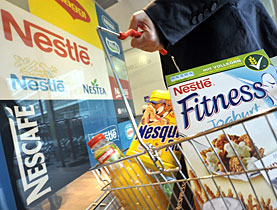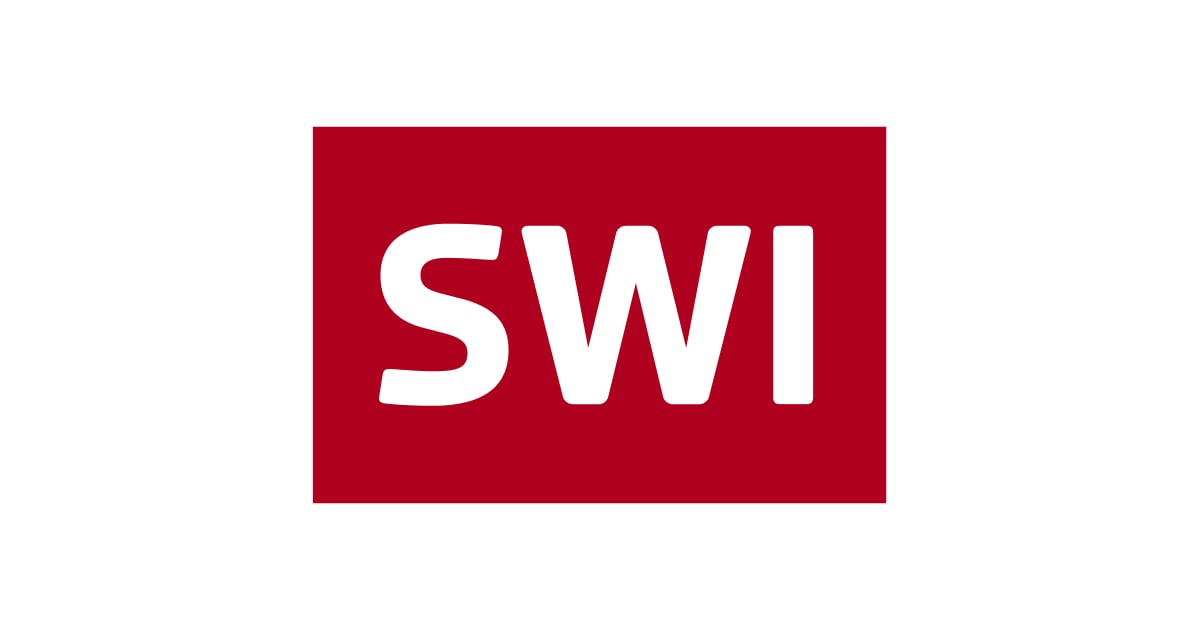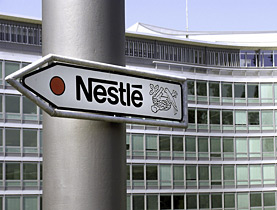Nestlé shows solid financial strength

The world's largest food group, Nestlé, has reported that its net profit for 2008 climbed to SFr18 billion ($15.33 billion), a 69.4 per cent increase compared with 2007.
However, its net earnings were boosted by the sale of 24.8 per cent of its eye care business, Alcon, to Swiss pharmaceuticals company Novartis.
Nestlé, which is based at Vevey on Lake Geneva, reported in a statement on Thursday that sales in 2008 totalled SFr109.9 billion, an increase of 2.2 per cent compared with the previous year, driven by organic growth of 8.3 per cent, including real internal growth of 2.8 per cent.
The currency effect reduced group sales by 7.8 per cent due to the strength of the Swiss franc against most other currencies.
The group’s food and beverages business, with sales of SFr102.4 billion, was the main contributor to growth.
“Nestlé’s 2008 performance reflects its ability to achieve a high level of organic growth together with an improvement in the Ebit (Earnings before interest and tax) margin, even in difficult times,” commented Nestlé chief executive Paul Bulcke. Ebit grew by 4.3 per cent to SFr15.7 billion.
“Momentum into 2009”
“The group’s results in 2008 are broad-based, demonstrate its intrinsic strength and provide momentum into 2009.”
Bulcke said Nestlé’s ability to capitalise on a wide variety of market conditions across the world remained one of its “decisive competitive advantages”.
The Nestlé statement said that the main engine of growth was the continuous innovation and renovation of its products and brands.
For 2009, Nestlé said it expected the economic downturn to continue to hit consumer demand but it wanted organic growth “at least approaching five per cent”.
“Overall a strong set of figures and probably better than expected after weakness among peers,” commented analyst Jon Cox at Kepler Capital Markets.
Underlying its confidence for 2009, Nestlé has proposed a 14.8 per cent dividend increase to SFr1.40 per share and said it would buy back about SFr4 billion of shares.
“Popularly positioned products”
The group’s chief financial officer, Jim Singh, said Nestlé’s “popularly positioned product” strategy of offering cheaper goods to lower income consumers was helping during the downturn and would be further promoted in Europe as well as developing countries.
“We offer consumers the opportunity to trade up and trade down without trading out of Nestle products,” he told a telephone conference for analysts, adding the company hoped to sell more coffee and instant meals as people cut back on eating out.
But as consumers focus on essentials, Singh said 2009 would be a tough year for its bottled water business and its nutrition unit, which produces diet products and sports drinks and bars.
Nestle shares have underperformed of late due to concern it might launch an expensive takeover of French cosmetics group L’Oréal, in which it currently has a 29 per cent stake.
The announcement of the sale of its Alcon stake last April fired speculation it might want to use the proceeds to buy more of L’Oréal, but Singh said on Thursday Nestlé was “not in a hurry” to do anything.
Nestlé said it would honour its agreement with L’Oréal that it would not increase its stake until six months after the death of Liliane Bettencourt, the 86-year-old billionaire daughter of the group’s founder, who owns 30 per cent.
swissinfo with agencies
Nestlé 2008 figures:
Sales: SFr109.908 billion (SFr107.552 billion in 2007, up 2.2%)
Ebit: SFr15.676 billion (SFr15.024 billion, up 4.3%)
Net profit: SFr18.039 billion (SFr10.649 billion, up 69.4%)
In the 1860s Henri Nestlé, a pharmacist, developed a food formula for babies who were unable to breastfeed. The product took off and was soon sold across Europe.
The company merged with the Anglo-Swiss Condensed Milk Company in the early 1900s and opened factories in the United States, Britain, Germany and Spain. The First World War created new demand for dairy products and doubled Nestlé’s production by 1918.
In the 1920s Nestlé started branching into new products, with chocolate its most important activity.
Profits dropped during the Second World War, but wartime also helped boost the company’s newest product, Nescafé, a staple drink of the US military.
Nestlé grew further after the war, and merged with a number of companies over the next 30 years, including Crosse & Blackwell and Findus. It took a shareholding in L’Oréal in 1974 and later diversified further, acquiring Alcon Laboratories, among others.
The acquisitions continued in 1984 with American food giant Carnation, and San Pellegrino in 1997. Mövenpick Ice Cream followed in 2003, and most recently in 2007, Novartis Medical Nutrition and Gerber and Henniez.

In compliance with the JTI standards
More: SWI swissinfo.ch certified by the Journalism Trust Initiative











You can find an overview of ongoing debates with our journalists here . Please join us!
If you want to start a conversation about a topic raised in this article or want to report factual errors, email us at english@swissinfo.ch.